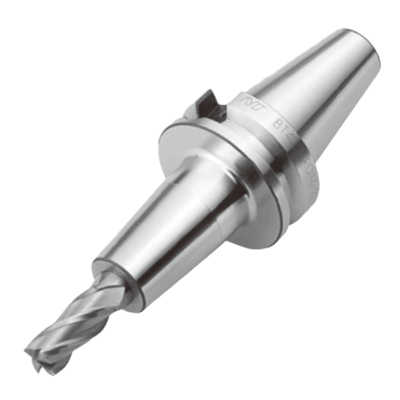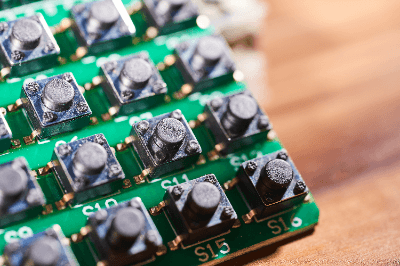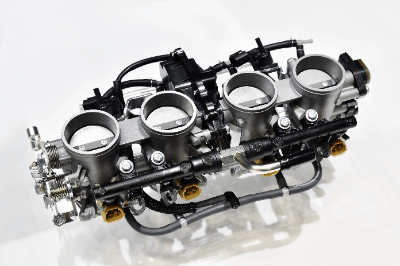What Is a Tension Meter?
A tension meter is a device to measure the tension of a material. Tension is the stress exerted when a material is pulled, and the value varies depending on the material and application. Tension can be measured by clamping the device between taut strings or wires.
The Device Used Differs Depending on the Range of Tension and the Shape of the Sample
The tension meter to be used depends on the range of tension to be measured. Various types of devices are available, ranging from those for large tension such as thick wires to those for low loads. Also available are devices for measuring the tension of wide samples such as film.
Uses of Tension Meters
Mainly Used With String Products Such as Wire and Rope
Tension meters are used to manage the tension of wires, strings, and ropes. Tension meters are used to check the amount of tension applied to a wire or rope in actual use and to confirm that the tension is within the allowable range.
Tension Meters Are Also Used in the Film Manufacturing Process
Tension meters are also used to measure the tension applied to film and other materials in the process. For example, if the tension applied in the film running process is too weak, the film will wave, and if the tension is too strong, the film will be stretched excessively. Therefore, measuring and controlling the tension in the process can prevent material changes.
Features of Tension Meters
There Are Portable and Line-Integrated Tension Meters
Tension meters measure the tension under which a material is pulled. For example, tension meters are used to measure tension in the manufacturing process of fibers, ropes, and wires, or to measure the tension of a running film. Tension meters can be either portable or built into the production line to record tension continuously. The former type of tension meter can easily measure tension by simply placing a sample between them. The latter device, on the other hand, can monitor changes in tension caused by process abnormalities.
Be Careful Not to Apply Excessive Load to the Tension Meter
Some tension meters are designed to measure tension while something is suspended. When using such a static tension meter, care should be taken to ensure that the tension meter is not subjected to a large load, even momentarily, such as by dropping a suspended object with great force. Also, when measuring tension and applying loads to wires and other materials used to index heavy objects, sufficient care must be taken to ensure that no breakage occurs, taking the safe usage rate into consideration.


